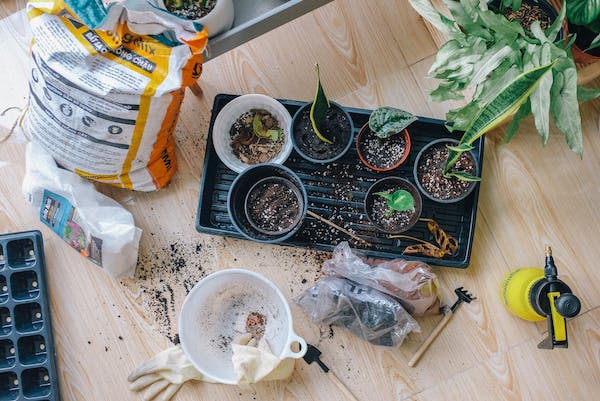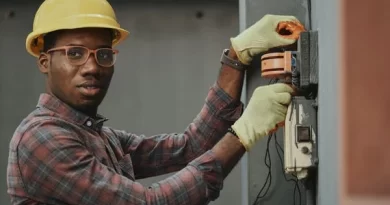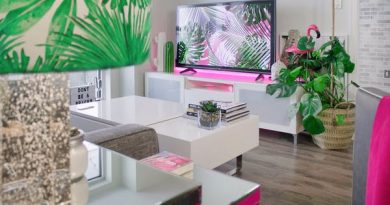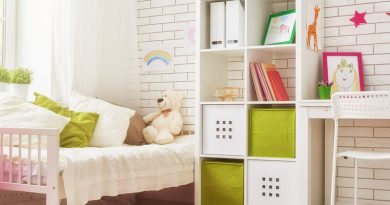7 Indoor Gardening Mistakes You Must Avoid
Gardening indoors is an easy way to bring a little of the outdoors into your home, but it’s important to ensure that you’re doing it right. If you’re new to indoor gardening, plenty of common mistakes can be easily avoided. Here are some things you must avoid doing:
Contents
Using the Wrong Soil
The main thing to know about soil is that it should be well-drained. Soil not properly drained will retain too much moisture, which can lead to root rot and other plant diseases. Soil also needs to be pH balanced, or the pH should be adjusted with amendments such as lime or sulfur if necessary. Good soil should contain organic matter like peat moss, compost, and/or shredded leaves to loosen up heavy clay soil and help improve drainage.
Too Much Water
Watering plants too much can cause them a lot of harm. It can lead to root rot and mold, killing your plant. Too much water will make the soil soggy and cause bacteria, fungi, or other pests to grow in your garden. To avoid drowning your plants with too much water, check the soil before watering. If it feels dry anywhere on top of the ground, don’t water yet! This is especially important for seedlings or newly transplanted plants that still need time to establish themselves in their new environment before being watered.
Bad Location
The location of your plants is very important in indoor gardening. You need to make sure that the plant is in a place where it will get enough sunlight and be able to thrive. It also needs to be in an area with enough water, soil, and nutrients to grow. For example, if you want to grow orchids indoors, you should choose a sunny spot in your home because they can thrive with up to 16 hours of full sun exposure each day.
Overfertilization and Under Fertilization
It’s easy to over-fertilize your plants if you’re not careful. So you want to be sure that you don’t get too much of a good thing, or else you could end up with a big problem. Before applying any fertilizer, check with the manufacturer about the amount of product that should go into each application. Make sure not to add fertilizer before springtime has arrived in full force. If it’s still too cold outside for plant growth, adding more nutrients could slow down their growth and prevent them from getting established properly in their new environment.
Waiting Too Long to Harvest Your Herbs
You might be waiting for the right time to harvest your herbs. Some herbs can be harvested anytime, but it’s important to know when they’re ready. Herbs with a strong flavor and scent will be best if you harvest them when they’re young and tender. You’ll get more bang for your buck because by waiting too long (or harvesting too early), the plant will start losing its flavor or going into dormancy mode.
Not Watering Enough During Transplanting
One of the most common indoor gardening mistakes is watering too much or too little. Watering too much can cause rot in your plants while watering too little can cause the plant to wilt. To avoid these errors, use a soil moisture meter to determine how wet your soil should be. If you do not have one, simply stick your finger into the soil and test it until it feels like damp sand (about 4 inches down).
Poor Package Decisions or Usage
Many people don’t understand what’s in the pot, but using the right type of soil for your plant is important. Some plants do better in clay pots, while others prefer plastic pots. You can also buy decorative faux flower stems that look like real plants but will not grow into anything. Faux flower stems don’t need heavy maintenance or packaging requirements.
Conclusion
The key to successful gardening indoors is learning from your mistakes and being sure to avoid them in the future. Remember, gardening indoors does not have to be difficult! With these seven tips as a guideline, you have everything you need to grow beautiful plants and herbs at home. Let us know what you think in the comments.




